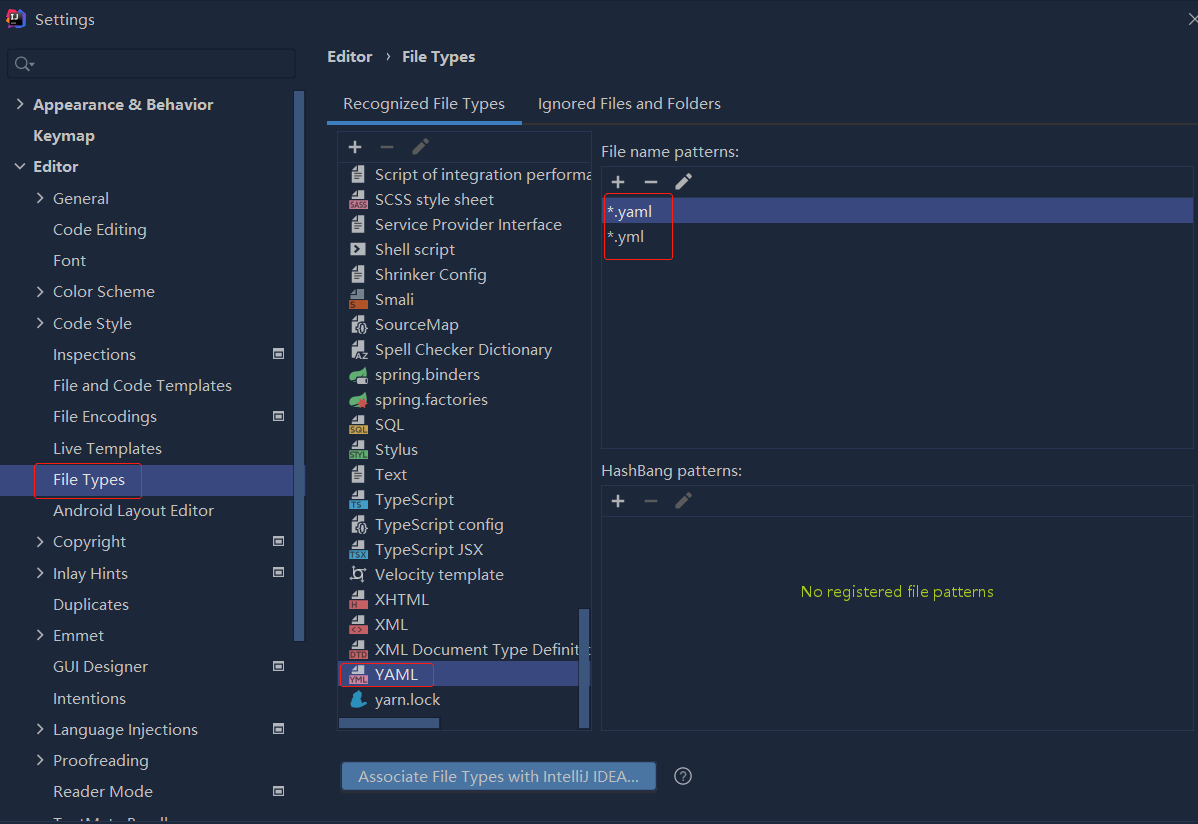问题描述
||
Compact Framework,Windows Mobile 6,C#。
我正在使用紧凑型框架上的一些后台线程,并且有一个问题要问:终止工作线程。
代码
我有以下ThreadWorker类(此处的代码),该类在执行时将在某些点执行检查,以查看是否应该退出。
public class ThreadWorker
{
public event EventHandler<ProgressEventArgs> OnProgress;
protected virtual void Progress(ProgressEventArgs args)
{
if (OnProgress != null)
OnProgress(this,args);
}
private void DoLongProcess()
{
// This will take a long time.
Thread.Sleep(15000);
Progress(new ProgressEventArgs(\"Some info for the UI to display.\"));
Thread.Sleep(15000);
}
public void DoSomeBackgroundWork()
{
try
{
while (!Stopping)
{
DoLongProcess();
if (Stopping) return;
DoLongProcess();
if (Stopping) return;
DoLongProcess();
if (Stopping) return;
DoLongProcess();
if (Stopping) return;
}
}
finally
{
SetStopped();
}
Console.WriteLine(\"DoSomeBackgroundWork: Terminating gracefully.\");
}
/// <summary>
/// Lock covering stopping and stopped
/// </summary>
readonly object locker = new object();
/// <summary>
/// Whether or not the worker thread has been asked to stop
/// </summary>
bool stopping = false;
/// <summary>
/// Whether or not the worker thread has stopped
/// </summary>
bool stopped = false;
/// <summary>
/// Returns whether the worker thread has been asked to stop.
/// This continues to return true even after the thread has stopped.
/// </summary>
public bool Stopping
{
get
{
lock (locker)
{
return stopping;
}
}
}
/// <summary>
/// Returns whether the worker thread has stopped.
/// </summary>
public bool Stopped
{
get
{
lock (locker)
{
return stopped;
}
}
}
/// <summary>
/// Tells the worker thread to stop,typically after completing its
/// current work item. (The thread is *not* guaranteed to have stopped
/// by the time this method returns.)
/// </summary>
public void Stop()
{
lock (locker)
{
stopping = true;
}
}
/// <summary>
/// Called by the worker thread to indicate when it has stopped.
/// </summary>
void SetStopped()
{
lock (locker)
{
stopped = true;
}
}
}
public partial class Test : Form
{
public Test()
{
InitializeComponent();
}
private ThreadWorker myThreadWorker;
private Thread t = null;
private void Test_Load(object sender,EventArgs e)
{
myThreadWorker = new ThreadWorker();
myThreadWorker.OnProgress += new EventHandler<ProgressEventArgs>(myThreadWorker_OnProgress);
}
private void miStart_Click(object sender,EventArgs e)
{
try
{
listResults.Items.Insert(0,\"Set-up Thread.\");
t = new Thread(myThreadWorker.DoSomeBackgroundWork);
t.Name = \"My Thread\";
t.Priority = ThreadPriority.BelowNormal;
t.Start();
listResults.Items.Insert(0,\"Thread started.\");
}
catch (Exception ex)
{
MessageBox.Show(ex.Message);
}
}
private void miStop_Click(object sender,\"Waiting for My Thread to terminate.\");
listResults.Refresh();
myThreadWorker.Stop();
t.Join();
listResults.Items.Insert(0,\"My Thread Finished.\");
}
catch (Exception ex)
{
MessageBox.Show(ex.Message);
}
}
private delegate void InsertToListBoxDelegate(String text);
private void InsertToListBox(String text)
{
if (InvokeRequired)
Invoke(new InsertToListBoxDelegate(InsertToListBox),new object[] { text });
else
{
listResults.Items.Insert(0,\"{0}\".With(text));
listResults.Refresh();
}
}
void myThreadWorker_OnProgress(object sender,ProgressEventArgs e)
{
InsertToListBox(e.Text);
}
}
myThreadWorker.Stop();
t.Join();
listResults.Items.Insert(0,\"My Thread Finished.\");
Invoke(new InsertToListBoxDelegate(InsertToListBox),new object[] { text });
myThreadWorker.Stop();
t.Join();
解决方法
通过调用ѭ5,您已阻止UI线程。通过调用
Control.Invoke
Invoke
Join
Join
OnProgress
Join
CancellationTokenSource
CancellationToken

 依赖报错 idea导入项目后依赖报错,解决方案:https://blog....
依赖报错 idea导入项目后依赖报错,解决方案:https://blog....
 错误1:gradle项目控制台输出为乱码 # 解决方案:https://bl...
错误1:gradle项目控制台输出为乱码 # 解决方案:https://bl...